How to Bleed a Central Heating Pump (Expert Guide)
A fully working central heating pump is crucial to sufficiently heating your home. Central heating problems can be frustrating and can cost money and time.
The pump increases the speed at which hot water leaves your boiler, circulates around your radiator system and then returns to your boiler.
But if your pump has an airlock, then you may seriously reduce the heating capability in your home.
Air locks often occur when air enters the central heating system and gets trapped in the pump. The trapped air will then reduce the rate at which water flows through the pump.
Fortunately, if you are suffering from airlocks, all you need to do is bleed the central heating pump.
Today, you’re going to learn how to fully bleed a boiler pump. Taking you step by step through the process, your pump will be in full working order in no time.
Does my central heating pump need bleeding?
If this is the first time you have had to bleed a central heating pump, then you probably have a few concerns.
“Will this really fix the issue?” “Will I make the issue worse?” “Should I just contact a plumber?”
First, bleeding a central heating pump is not that difficult. It’s unlikely that you will break anything that a plumber can’t easily fix. But, if you don’t feel confident doing it yourself, then you should probably contact a plumber.
Second, identifying if your central heating pump needs bleeding is easy. You will almost definitely have one of the following problems:
- My pump is making a loud knocking sound
- My pump is not adding pressure to my central heating system
- My pump is quite hot
My pump is making a loud knocking sound
Pumps will generally make a slight humming sound with a minor vibration. If the pump starts making an excessive banging noise, then you probably have an airlock.
This is where the air trapped inside the pump stops the water flowing smoothly, causing the water to bang against different components.
My pump is not adding pressure to my central heating system
If the central heating pump suddenly stops adding pressure to your system, then it’s a good sign that something is critically wrong. In this case, it could be an airlock.
This is where the air trapped inside the pump stops water from flowing around your system smoothly. The air inhibits the performance of the pump and stops hot water from reaching your radiators before cooling.
My pump is too hot
Central heating pumps should be a tad warm to touch. If the pump is getting hot to the point of burning, then you clearly have a significant problem.
In this case, it could be that you have an airlock. This is where the air trapped inside the pump stops the pump running correctly. This can potentially damage pump components and can cause the pump to burn out.
Please note: If the airlock has already caused damage to pump components, then bleeding the pump may not fix your issue.
How to bleed a central heating pump
If you have one of the problems identified above, then you can almost guarantee that there is air trapped in the pump. To solve this problem, you will need to bleed the central heating pump.
Warning: Never bleed a central heating pump when hot. Scalding water could be released.
Tools needed:
- Towels
- Pliers
- Bleed key or a flat-head screwdriver
Step 1 - Turn off the power
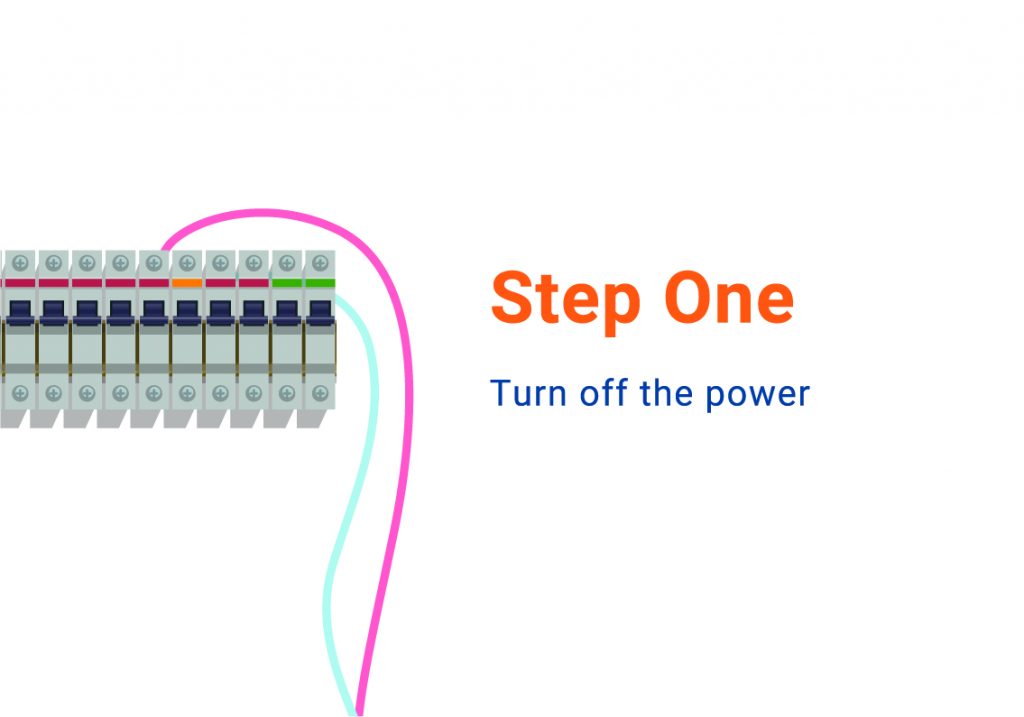
Make sure that the power to the pump is turned off. Do this at the fuse box and notify everyone in the home or building. Make sure the power cannot be accidentally reconnected when you are working on the pump.
Step 2 - Protect against water damage
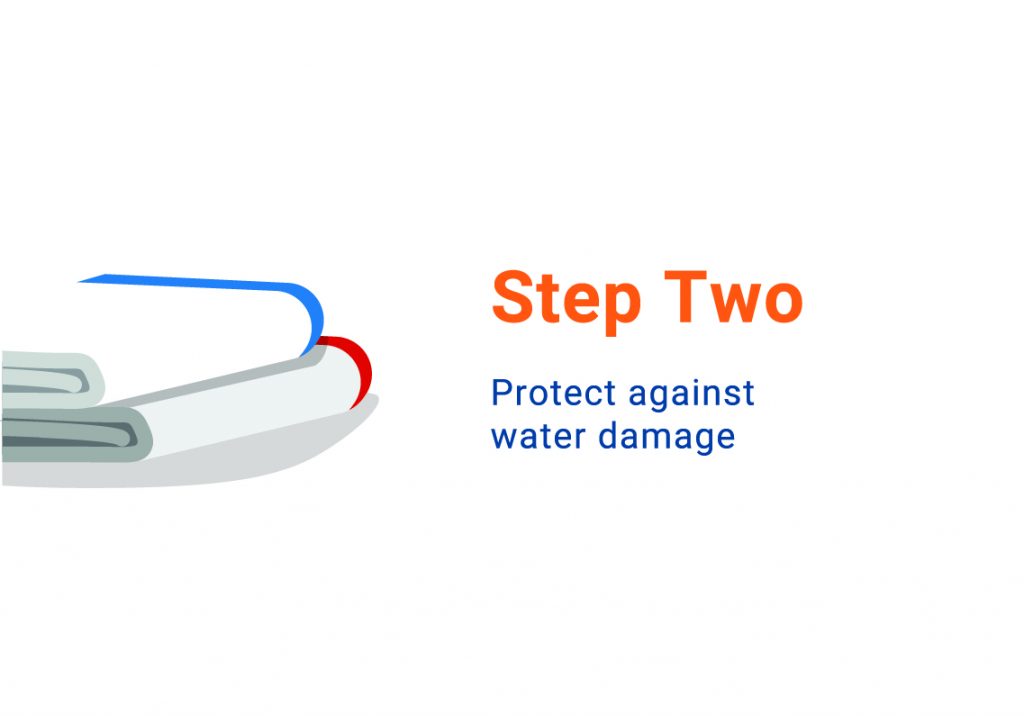
First, lay down towels to protect the floor, electrics and the surrounding area. Four or five towels should cover a significant area.
Step 3 - Turn off the water at the shut-off and gat valve
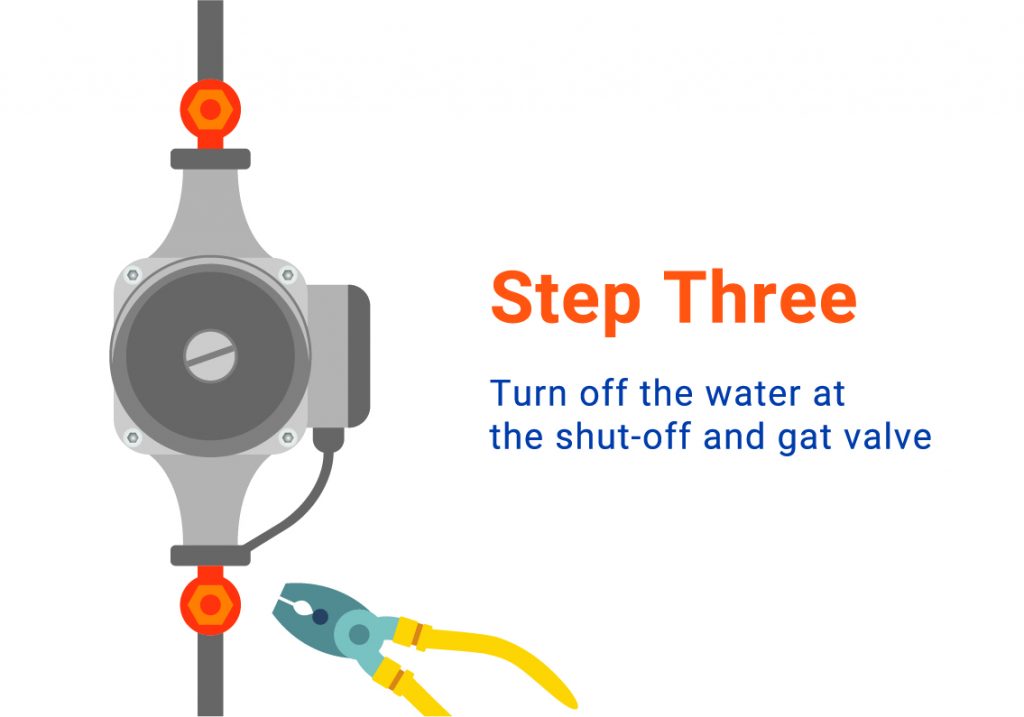
Locate the shut-off valve (usually under the sink) and turn off the water entering your home from the mains supply. Next, use the pliers to shut off the water to your pump at the gat valves. These will be located on either side of your pump. Simply turn clockwise until touch tight.
Step 4 - Slowly remove the pump bleed screw
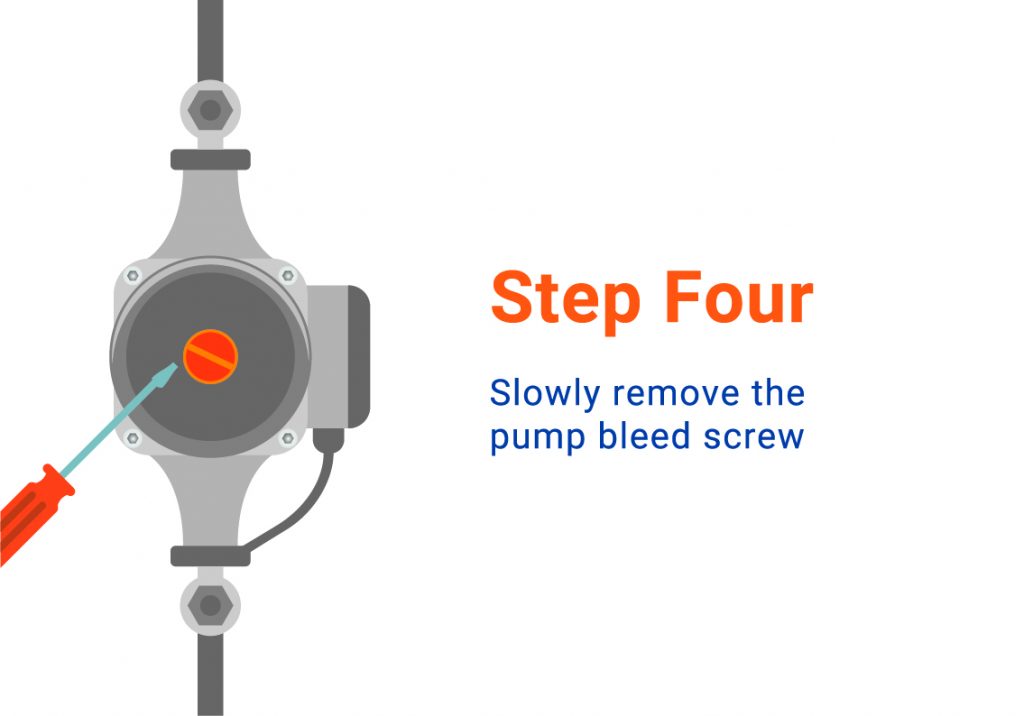
Now slowly remove the bleed screw on the front of the pump using a bleed key or flat-head screwdriver. You will notice a small amount of water leaking from the bleed valve. Keep turning the screw until it comes off completely. Keep the bleed screw safe.
Step 5 - Mop up all the water that trickles out of the pump
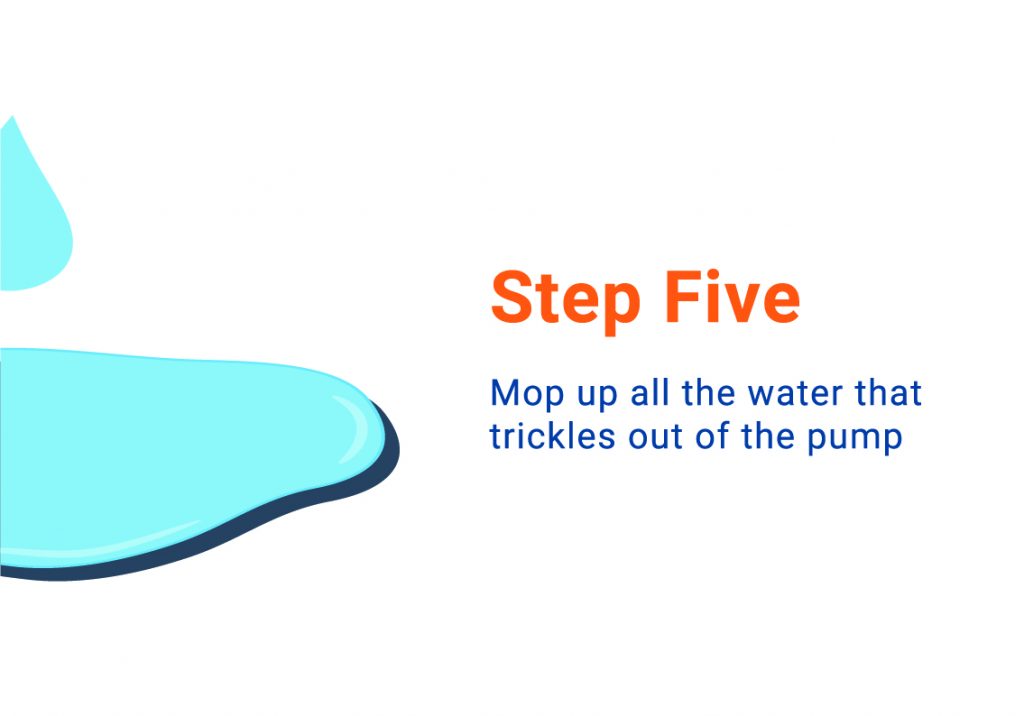
Once all the water has bled out of the pump, you will have successfully bled the air out of the pump.
Step 6 - Screw the bleed screw back into place
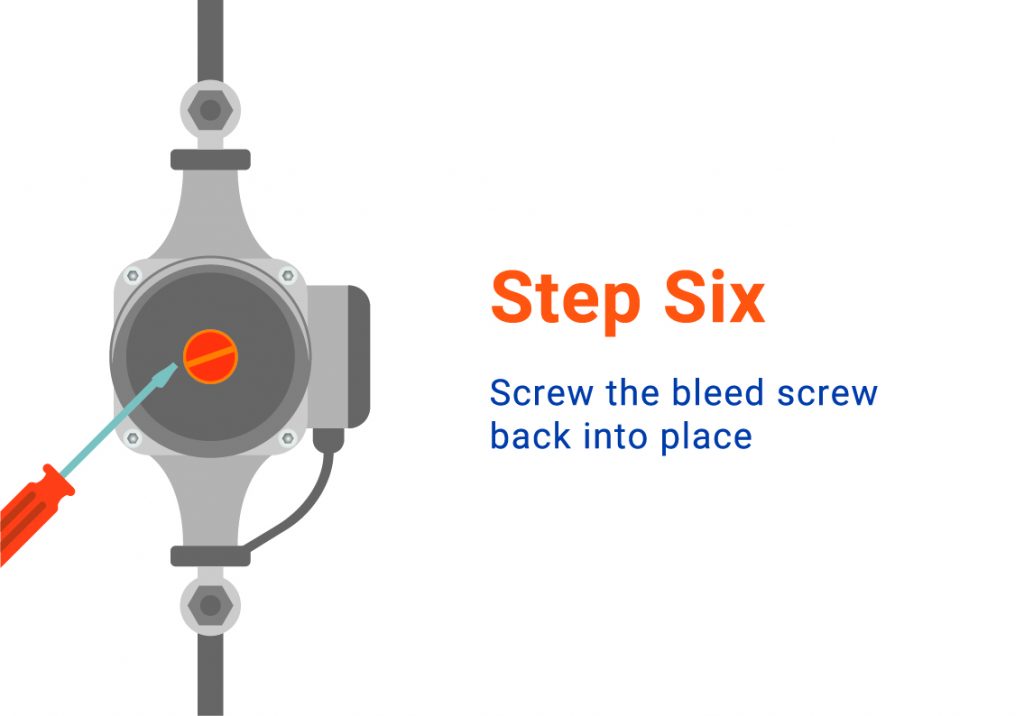
Screw the bleed screw back into place and clean up any water. You can now turn the water supply back on at the mains, and you can use pliers to turn on the water to your pump at the gat valves. Again these will be located on either side of your pump. Simply turn anti-clockwise.
Step 7 - Turn on the power
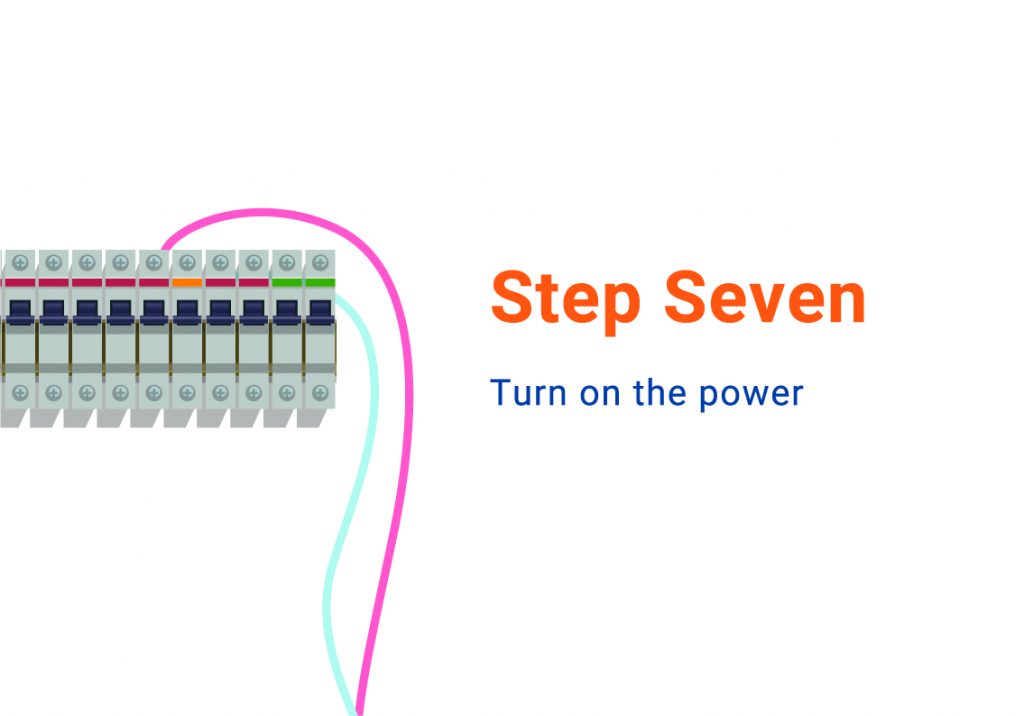
You can now turn the power on.
By following the steps outlined above, you can keep your central heating system running smoothly and maintain a warm and comfortable home throughout the colder months. If the steps above didn’t fix your problem, contact a professional, or contact our pump experts.
Contact Anchor Pumps
If you’re struggling for advice, call our dedicated pump experts for free advice on: 0800 112 3134 or 0333 577 3134. We’re open Monday to Friday 07:00 - 17:30 and Saturday 08:30 - 12:30.

